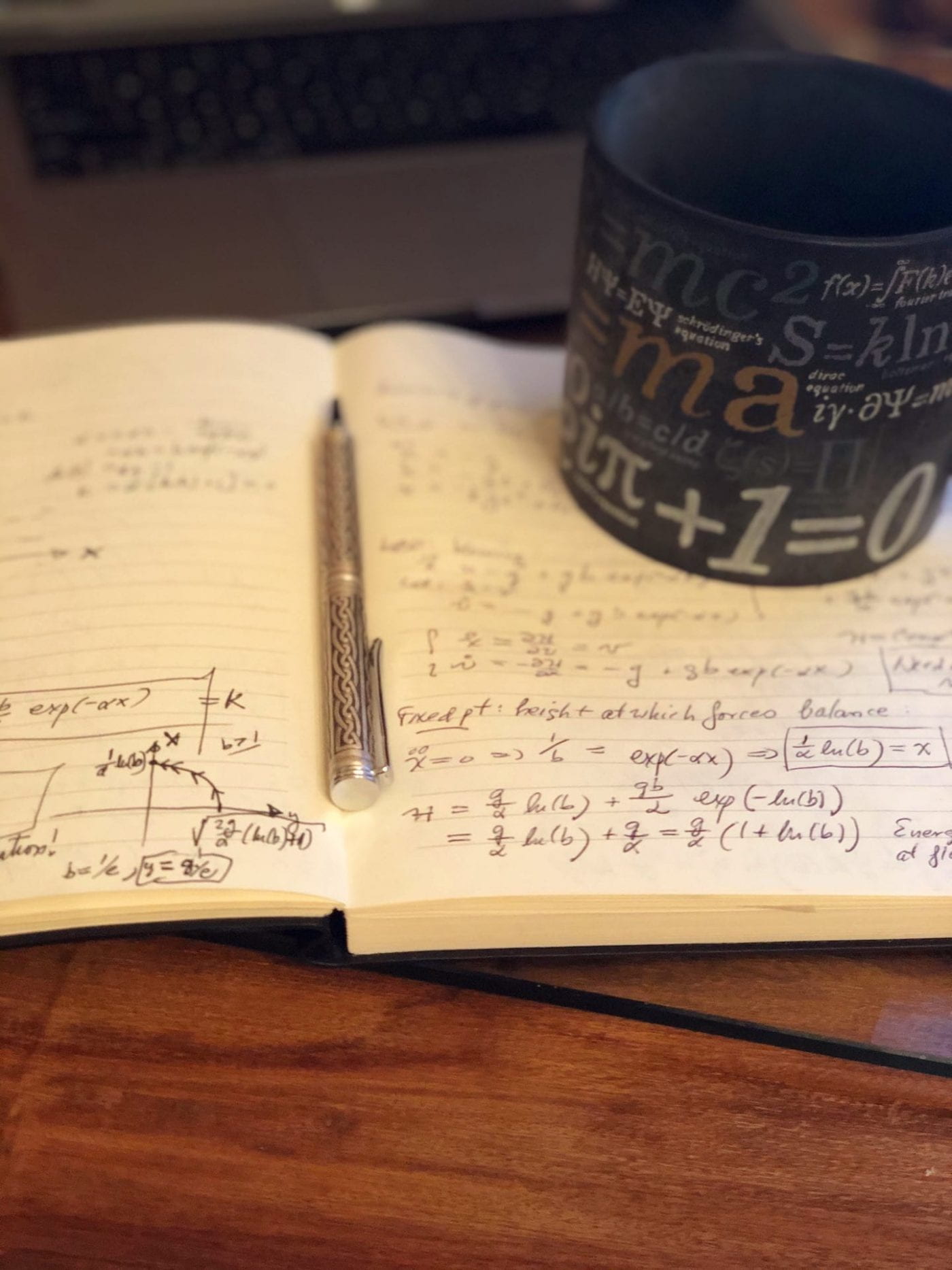Question: Despite ‘Arrow’s impossibility theorem’, is there a best possible ranking and forecasting system for multi-player competitive games ?
We develop Markov chain and Monte Carlo algorithms to forecast tennis tournaments and develop ranking systems for tennis and other games

Competitive games are a rich source for developing mathematical and computational models that are quantitative and predictive. They offer a structured environment (through scoring systems and rules) in which two or more players compete in a (typically) zero-sum stochastic game, with outcomes that fill out probability distribution functions. Input parameters associated with individual players or teams can be obtained from data, while outcomes can be computed using Monte Carlo simulations. In this context, structured tournaments and resulting rankings are also stochastic processes with many interesting mathematical twists. Our group has focused mostly on developing models for the computational simulation of Grand Slam tennis tournaments. We have also developed models to analyze the complexity and randomness associated with Soduko matrices, a rich field of mathematics involving group theory, symmetries, linear algebra, algorithm design, and computational complexity.
Here are four papers to read where you can learn more about our approach. See full publication list for others.
- PK Newton, K Aslam Monte Carlo tennis: A stochastic Markov chain model, J. Quant. Anal. in Sports 5(3) Article 7 (2009)
- PK Newton, K Aslam Monte Carlo tennis, SIAM Review 48(4) 722-742 (2006)
- PK Newton, JB Keller Probability of winning at tennis I. Theory and data, Studies in Appl. Math. 114 241-269 (2005)
- PK Newton, SA DeSalvo The Shannon entropy of Sudoku matrices, Proc. Roy. Soc. A 466 1957-1975 (2010)


